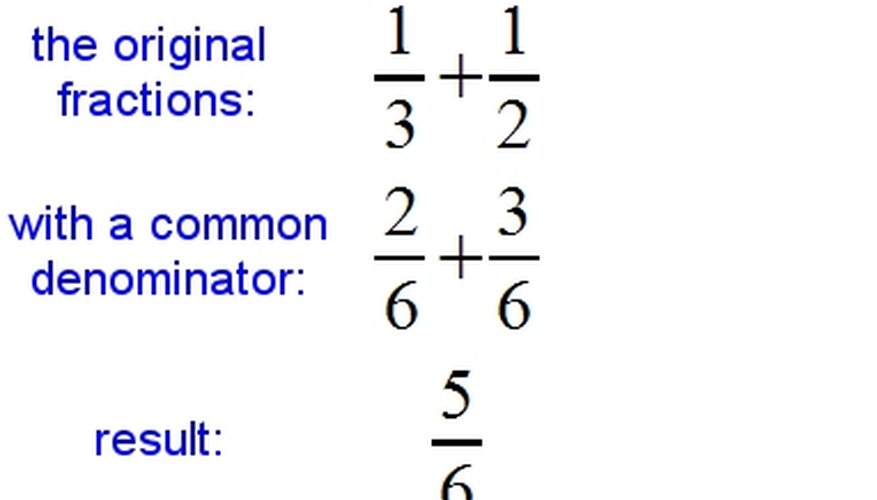

So that’s our look at numbers and their classifications. You would then divide 3, the top number, into 6, the bottom number, to determine the percentage of remaining apples. They are complex numbers that are written as a real number multiplied by an imaginary unit (\(i\)). Whole numbers, rational numbers, and irrational numbers are all real numbers. Real numbers encompass three classifications of numbers, which we’ll talk about in a little bit. One billion (1,000,000,000) is a very large real number.
Are fractions natural numbers plus#
The rational numbers include all the integers, plus all fractions. Essentially, it’s any number you can think of. For example, -5 is an integer but not a whole number or a natural number.

Real NumbersĪ real number is any value of a continuous quantity that can represent distance on a number line.

Numbers are an integral part of our everyday existence, whether they are whole numbers, rational numbers, or the first type of numbers we’re going to look at, real numbers. In this Mometrix video, we provide an overview of numbers and their classifications. After all, there’s a difference between 25, and -32, and \(4^6\). When we have a repeating digits after decimal point in the non-terminating, then it is known as recurring decimals.įor example: 1/3 = 0.333…, 1/6 = 0.1666… 1.23232323…., 1.785785785785…etc.Why do we classify numbers? Why do we give them names, like integers, irrational numbers, or negative numbers? For the same reason we classify anything, we want to make sure that everyone has an understanding of what specific numbers are called and what they mean. Read More : Identification of Terminating or Non-Terminating Decimals Without Division Recurring Decimals This is the first line of research demonstrating such distance. Now, this nonterminating decimals are also two types known as recurring and nonrecurring decimals. These results pose a challenge to accounts that argue that human cortical structures are ill-suited for processing fractions. This concept of 'size' relies on maps between sets, such that two sets have the same size, exactly if there exists a bijection between them. This types of decimal is known as the nonterminating decimals. A natural number can be used to express the size of a finite set more precisely, a cardinal number is a measure for the size of a set, which is even suitable for infinite sets. In the conversion of a fraction (p/q) into a decimal, when we don’t get a remainder zero (0) at any step in the division of the numerator p by the denominator q, then the decimal is NOT terminated after some decimal places. This types of decimal is known as the terminating decimals.įor example: 12/5 = 2.5, 24/3 = 8.0, 1/80 = 0.0125 etc.

In the conversion of a fraction (p/q) into a decimal, when we get a remainder zero (0) in the division of the numerator p by the denominator q, then the decimal is terminated after some decimal places. Can be expressed as a fraction of two integers: A/B, B0. Now, the decimals are following types: Terminating Decimals Integers -2, -1, 0, 1, 2 Negative numbers and whole numbers. In decimal number, as we move from the left to right, the place of the digits gets divided by 10. Thus, each integer is a rational numbers.ĭecimal Number = Whole Part. The set of the rational numbers are denoted by Q (starting letter of quotient).Įach integers can be written in the form of p/q. Ī number that can be written in the form of p/q where p and q are INTEGERS numbers and q ≠ 0 is known as rational numbers.įor example: 22/7, -16/7, 19/2, -25/3, 10/9 etc. understanding that is inclusive of both natural numbers and fractions, rather than merely treating fractional values as an educational construct (Siegler, Fazio, Bailey, & Zhou, 2013).


 0 kommentar(er)
0 kommentar(er)
